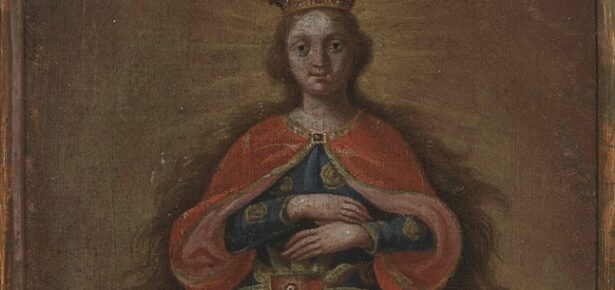
The present position of the Roman Catholic Church is that an immortal soul is infused into the fetus at the moment of conception, but this has not always been its position. The dogma that “ensoulment” coincides with the fertilization of the egg by the sperm was adopted by the Catholic Church only starting in 1869. Previous views usually accepted 40 days as the point at which human personhood began, and abortion-which was widespread in pre-modern Europe and early America-was not criminalized before then. The grounds for attributing personhood to the fetus later in the pregnancy were largely based on religious reasoning. Medieval theologians understood the formation of the human body in the womb to precede its possession of a soul, analogously to the creation of Adam in Genesis 2:7, where God first fashions man’s body from clay, and then breathes life into its nostrils, making it into a living being. The human body was seen as originating in the natural world and achieving a distinct personhood only upon its subsequent endowment with spirit.

Medieval theologians described a tripartite process of ensoulment over the course of fetal development. The poet Dante Alighieri gives one of the most cogent explanations of this concept, which goes back to Aristotle, via Thomas Aquinas, Albertus Magnus, and others. Dante’s description of when God breathes life into the fetus takes place in the Divine Comedy on the sixth terrace of Purgatory. Dante’s Purgatory is imagined as an island-mountain organized according to the Seven Deadly Sins. On the terrace of gluttony, sinners circle past an offshoot of the Tree of Knowledge, which produces a delicious odor that makes them excruciatingly hungry and emaciated in appearance. Dante asks his two guides, the poets Virgil and Statius, how the disembodied spirits can become so thin if they do not need nourishment. Statius responds with a digression on sexual reproduction and embryology (Purgatorio 25.37-108) in order to account for the continuity between humans’ mortal bodies and their aerial bodies in Purgatory. He explains how the fetus takes shape and passes through three stages, first being endowed with a soul like that of a plant, and then with that of an animal, at which point the bodily organs are fashioned. Only after the articulation of the brain does God breathe into it a specifically human spirit, capable of self-reflection and speech. This new soul then combines with the two already inhabiting in the body, and after the person’s death, when the soul’s connection to the body is severed, it radiates around itself an ombra, a sort of shadow or mirror body that continuously reflects its inner condition.
The view that God first endows the fetus with a vegetative soul, to which he later adds an animal or “sensitive” soul, and subsequently a uniquely human or “rational” soul, was widely held in the Middle Ages. If, as Dante and the high medieval Church believed, an infant’s soul is infused in its body only later in a pregnancy, and is in some medieval accounts actualized only at birth, this raises questions about the status of the embryo. Is it a distinct individual or a part of the mother’s body? Does the medieval model help us to conceptualize the transitional stage before a fetus attains full personhood? Modern biology tells us that after the moment of conception, for the next couple of weeks, the single cell can still split into two twins, or one fertilized egg can unite with another to form a single individual. If the soul is infused at conception, where does it go once it becomes two persons or joins with another? If every person is endowed with an immortal soul, that has to happen at a particular moment before which, there is no human being, and after which, there is one. But are other positions possible? The twelfth-century Islamic philosopher Averroës (Ibn Rushd) held, for instance, that human intelligence resides outside the individual in angelic intelligences, thus denying the uniqueness of each soul and making rationality something to which humans only have common access. This would suggest that perhaps we are not unique entities, but always also part of a larger whole.
The idea that life starts at conception is of course a religious belief, and beliefs vary over time, as well as from person to person. The concept of Purgatory itself was gradually formulated only in the course of the twelfth and thirteenth centuries as part of a shift from earlier Christian belief in a single collective judgment at the end of time, toward an emphasis on an immediate and individual judgment upon a person’s death, and Purgatory’s physical existence was in fact largely crystalized by Dante’s poem. Today’s attempts to legislate religious tenets resemble historical ones, such as when Jews and Muslims were forced to convert to Christianity or leave the Spanish peninsula after its unification under the “Catholic Monarchs” Ferdinand and Isabella in 1492. Naturally, if one is convinced that only Christians will achieve eternal salvation, then one may think that such forced conversions were good for those converted, as preachers historically maintained. Similarly, if one believes today that even a day- or week-old embryo has an immortal soul, then forcing a woman to have an unwanted child, or sending a woman to jail for aborting one, surely seem justified. But such a stand suggests the fetus’s immediate and radical distinction from the mother, and indeed humanity’s radical separation from nature, a position that has arguably been shown in more recent centuries to have catastrophic consequences.
Latest Comments
Have your say!